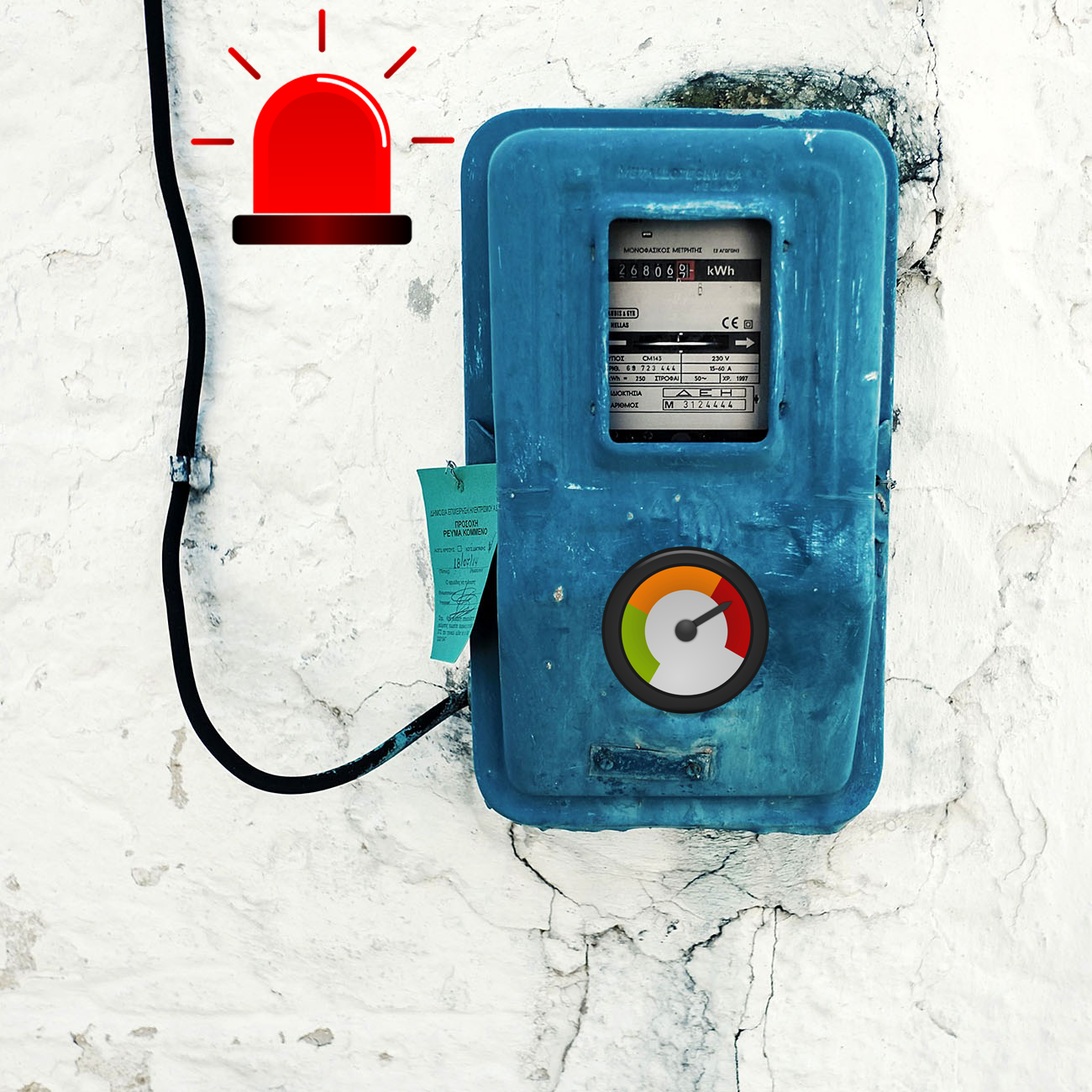Progress update for testing of version 1.01:
Some hardware bugs/silly mistakes eliminated and reworked on all PCBs.
In video in attachement, there is shown how the BLDC motor, can act as a voltage generator.
View attachment VID_20250918_170836.mp4
When turning the wheel by hand, the voltage is generated - >red diode in ZS-X11H v2 BLDC is glowing = voltage generated in the system.
Looks like the Digital Isolators are working in Sunray BLDC motor tests? Motors are rotating/working using ZS-X11H v2 BLDC drivers.
View attachment VID_20250916_164128_0_COMPRESSED.mp4
Video in attachement (noise from motor - > in one wheel there are some fragments of the rocks that are still not taken out)
I still need to fully install Sunray and setting up config file/ communications with Cassandra/ phone for more tests.
Todo:
When software will be fully installed:
-Testing communication over I2C - PICO. If needed updating pull up/down resistors configuration.
-Check what is the logic/code of on/off/stop button that is driven from Pi Pico - > update PCB logic (or code) if needed. Replace Digital isolator with cheaper more available optocoupler for switch?
-Rearranging PCB layout (1 displaced mounting hole for Raspberry board).
-Removing unnecessary components.
-Rearranging JUMPER selection configuration drive vs mow (ZS-X11H v2 can supply board back, with 5V).
-Increasing size of labels.
-Connectors covering labels - > relocate
-Larger vias.
-Wrong name of downloaded footprint of car fuse holder. Normal vs mini fuse.
-Swap charging connector to match the +/- sign on PCB to that on connector body.
-ITS428L2 tested, switching ok. Need more components for additional safety (reverse connection).
Update PCB to possibility of using 2 ITS428L2 for more Amps.
-Tps12110, switching ok.
Need more debugging on hardware undervoltage feature.
Possible variant of PCB that combine 2 separate PCBs, to one bigger PCB (that can be still cut into 2 smaller PCBs connected with cable (when soldering connectors) or stacked). Elimination of interboard connectors? Higher price of PCB Vs smaller price of assembly 1 larger vs 2 smaller boards?
Only if all working ok:
-Update all PCBs. Upload files.
Some hardware bugs/silly mistakes eliminated and reworked on all PCBs.
In video in attachement, there is shown how the BLDC motor, can act as a voltage generator.
View attachment VID_20250918_170836.mp4
When turning the wheel by hand, the voltage is generated - >red diode in ZS-X11H v2 BLDC is glowing = voltage generated in the system.
Looks like the Digital Isolators are working in Sunray BLDC motor tests? Motors are rotating/working using ZS-X11H v2 BLDC drivers.
View attachment VID_20250916_164128_0_COMPRESSED.mp4
Video in attachement (noise from motor - > in one wheel there are some fragments of the rocks that are still not taken out)
I still need to fully install Sunray and setting up config file/ communications with Cassandra/ phone for more tests.
Todo:
When software will be fully installed:
-Testing communication over I2C - PICO. If needed updating pull up/down resistors configuration.
-Check what is the logic/code of on/off/stop button that is driven from Pi Pico - > update PCB logic (or code) if needed. Replace Digital isolator with cheaper more available optocoupler for switch?
-Rearranging PCB layout (1 displaced mounting hole for Raspberry board).
-Removing unnecessary components.
-Rearranging JUMPER selection configuration drive vs mow (ZS-X11H v2 can supply board back, with 5V).
-Increasing size of labels.
-Connectors covering labels - > relocate
-Larger vias.
-Wrong name of downloaded footprint of car fuse holder. Normal vs mini fuse.
-Swap charging connector to match the +/- sign on PCB to that on connector body.
-ITS428L2 tested, switching ok. Need more components for additional safety (reverse connection).
Update PCB to possibility of using 2 ITS428L2 for more Amps.
-Tps12110, switching ok.
Need more debugging on hardware undervoltage feature.
Possible variant of PCB that combine 2 separate PCBs, to one bigger PCB (that can be still cut into 2 smaller PCBs connected with cable (when soldering connectors) or stacked). Elimination of interboard connectors? Higher price of PCB Vs smaller price of assembly 1 larger vs 2 smaller boards?
Only if all working ok:
-Update all PCBs. Upload files.





